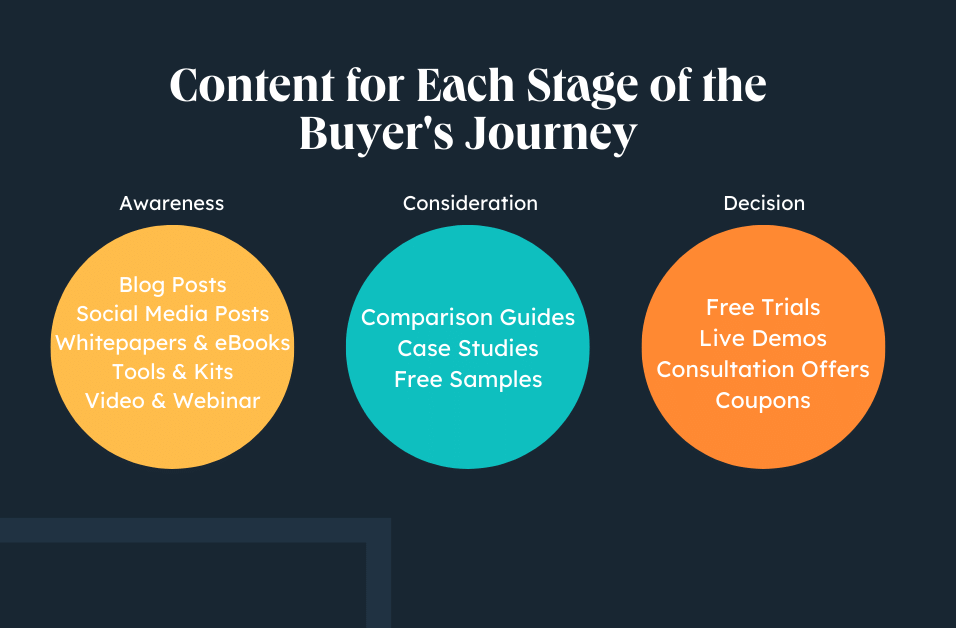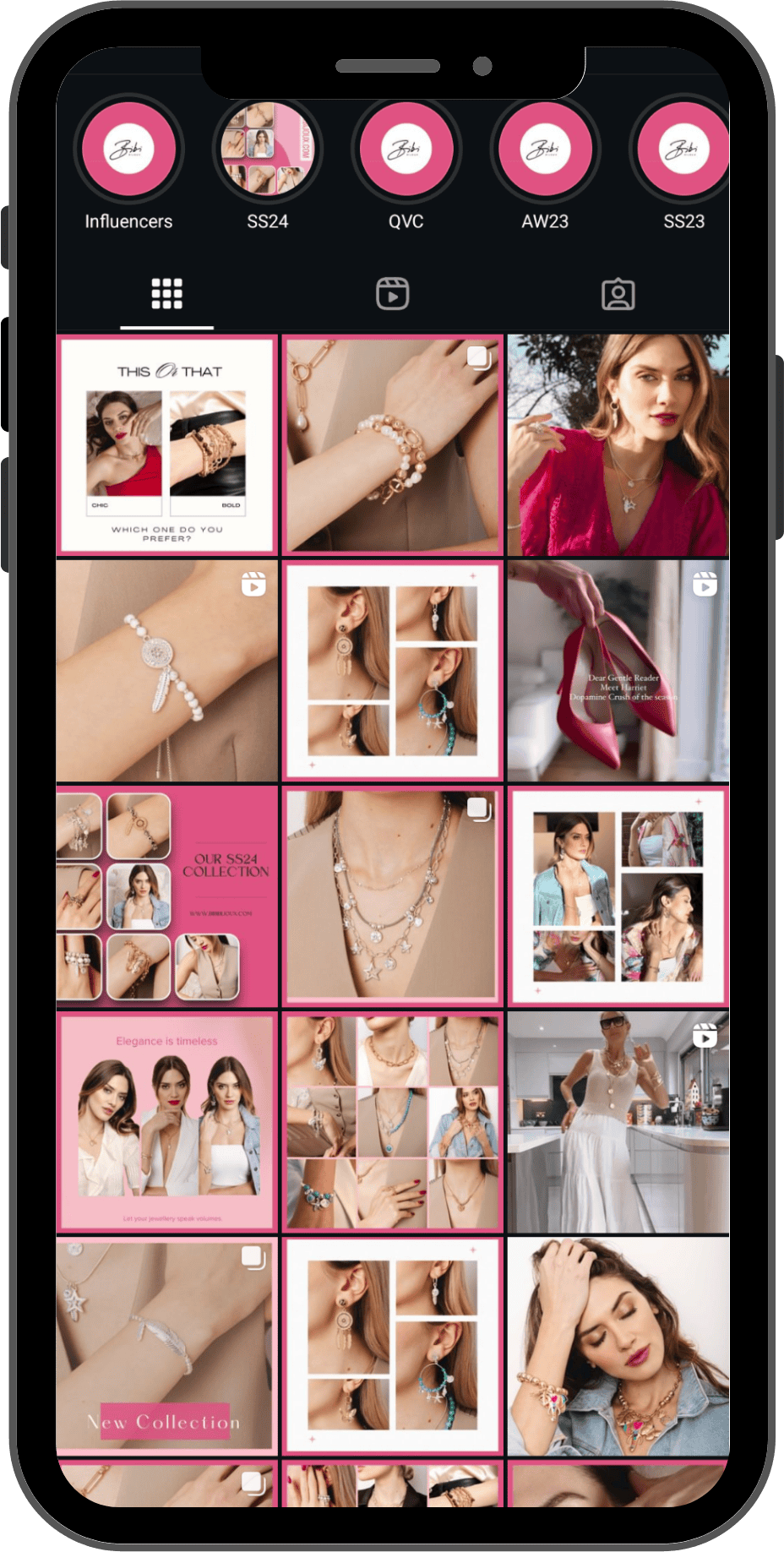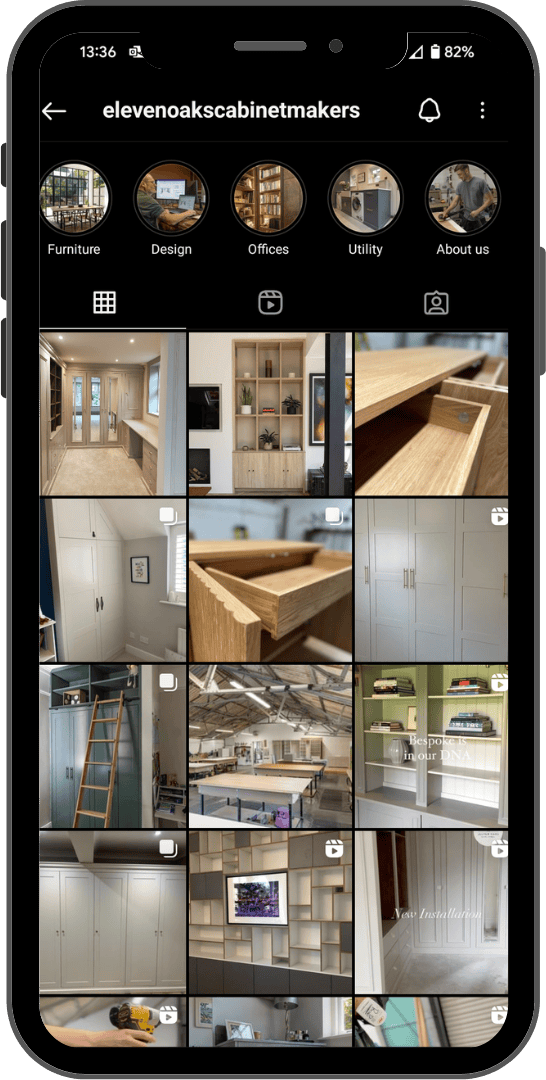We know that most people do not wake up in the morning and think, “I’m going to buy something today.” Instead, they go through a path to purchase that includes research and evaluation before committing to a sales call.
That journey is named the buyer’s journey and one that Smash Social Ltd use! Why? Because your consumers are more switched on than ever before. Increasingly it’s important to deeply understand your buyer personality so you can create content that helps them along that path while positioning you as an expert in your space.
Understanding the Buyer’s Journey in Marketing
In most cases, except for impulse buys, a person begins their journey in an “unaware stage.” This individual most likely fits the demographics of your ideal client, also known as your “buyer persona”, they are mostly unaware of your product or in need of it.
However, they may experience a triggering event that changes their situation or a pain that needs to be solved. This kicks off their buyer’s journey.
For example, if individual wants to kick off a personal fitness journey. They may not immediately decide to purchase a gym membership. This individual may take to the internet to learn more and make decisions as they progress through the following stages in their buyer’s journey, and it is our job to assist them in that decision-making process.

Awareness Stage (Stage 1)
In the awareness stage, the buyer is experiencing a problem or has had some inspiration to get fit. At this initial stage they may be looking for informational resources. They are not yet thinking about solutions or providers; it is much too early for that.
Consideration Stage (Stage 2)
In the consideration stage, the buyer will have clearly defined and given a name to their problem, and they are committed to researching and understanding all the available approaches and/or methods to solving the defined problem or opportunity. In other words, they are considering potential solutions.
In the consideration stage, the prospect is not yet ready to buy, but they are deciding on the potential solution for them. Your goal will be to consider your indirect competitors and educate them on the pros and cons.
Decision Stage (Stage 3)
Once they have progressed to the decision stage, the buyer has decided on their solution strategy, method, or approach. Their goal now is to compile a list of available vendors, make a concise list, and ultimately make a final purchase decision.
Why Creating Content for the Buyer’s Journey Is Important
As in all marketing disciplines, it is essential to understand your audience: how they think, the answers they seek, and the path they tend to take to find a solution. From that research, you can begin crafting a documented content strategy that maps your content to the various stages of the buyer’s journey.
When you do not completely understand your audience, a disconnect is created between your business and your potential customers. Therefore, this usually means you are putting out content that your readers do not really relate to, which can cause you to lose them.
IT IS OUR JOB TO COLLABORATE WITH YOU TO CLARIFY YOUR AUDIENCE AND TO PUT OUT ENGAGING CONTENT AT EVERY STAGE OF THE BUYERS JOURNEY.
We consider the stage they are at in their journey, how to meet them there, and the best channels to put the content in front of them. The internet has made it easier for marketers (and salespeople) to engage customers at the various stages of their journey using content marketing. That is one of the main reasons that 60% of marketers consider content as ‘very important’ or ‘extremely important’ to their overall strategy.



